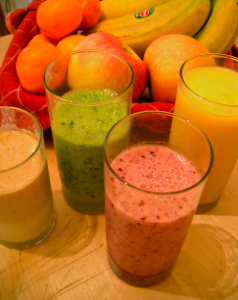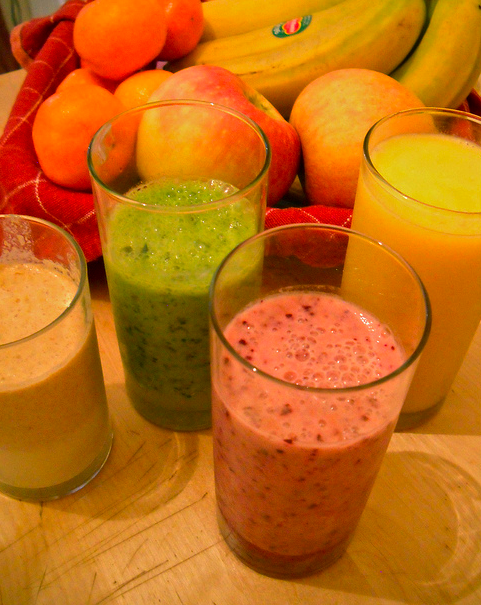We live in a world of trends, and besides fashion, dieting may be the biggest fad that people adopt. Celebrity diets always catch our attention and, this past year, one in particular has become controversial.

During the summer, my family and I tried the latest health trend, “juicing” which is a diet that restricts you to consuming only vegetable and fruit juices and water for anywhere between a few days to a few weeks.
Now, before I continue, I must say juicing is expensive and involves a certain amount of dedication to truly benefit from this detox diet. While the first two days may seem easy, expect a lack of energy and some time in the washroom on the third day and a sense of desperation by the fourth or fifth day.
We’re all guilty of following a fad diet at one moment in time. We all want change and we want it fast. Some believe juicing isn’t the easiest or safest way to lose weight or start a healthier lifestyle, nor is it fit for everyone.
“It can be very dangerous. If you have certain illnesses like Type 2 diabetes, heart disease, high blood pressure, for example,” said dietitian and co-author of Complete Arthritis Health Diet Guide and Cookbook, Kim Arrey. “It can affect your electrolyte balance which can unbalance your whole system. Some people get diarrhea and become very dehydrated.”
However, if done properly, juicing can be very beneficial. The Huffington Post recently published an article that stated juicing may ward off Alzheimer’s and lower blood pressure because of the disease-fighting chemicals in the juice of the fruits and vegetables. During this past summer, my brother received The Juicing Bible recipe book that offers a juice to help for just about every disease or virus, including HIV.
Yet, not everyone can just jump into a seven to 30 day juice fast and stick to it, nor is it healthy for everyone. If you’d like to give it a try, start with replacing one meal a day with a juice. Not only will it help you lose that extra winter weight before bathing suit season, but it will help you meet your daily dose of fruits and vegetables in one drink. The great thing about juicing is that you can incorporate produce that are rich in nutrients and antioxidants that you wouldn’t normally eat as a snack, like kale and ginger.
Although it does take less energy to digest your fruits and vegetables in liquid form, you lose some of the nutrient benefits of the skin and the fiber from the pulp. It is also recommended to blend your own juices or visiting a juice bar rather than purchasing bottled juices that could contain higher sugar levels, defeating the whole purpose of a detox diet.
Arrey suggests that if juicing is done for a short period of time, maybe three days, it can actually help break old habits and lead to new, healthier ones. Juicing is controversial but with a thumb up from your doctor, incorporating at least one juice a day into your diet and monitoring the difference is worth a try.
If you choose to include juicing in your daily diet, investing in a juicer may be the best option. While centrifugal juicers are the cheapest and most common option, the high speed grinding and straining may generate heat and reduce the amount of enzymes. A masticating juicer “chews” your fruits and vegetables, which is a better option if you plan to include leafy greens in the mix. You would, however, need to chop your produce into smaller bits because a masticating juicer has a smaller mouth and takes a little longer to grind the ingredients. The ideal (but most expensive) type of juicer is a triturating juicer. It may run slower but it preserves the most nutrients and extracts the most juice of your produce.
Here’s some cool recipes to try!
Beet Retreat:
1 beet
3 celery sticks
A cup of watermelon
1 cucumber
½ pineapple
Green Machine:
½ bag of kale
Celery
Cucumber
4 green apples
½ a pineapple




